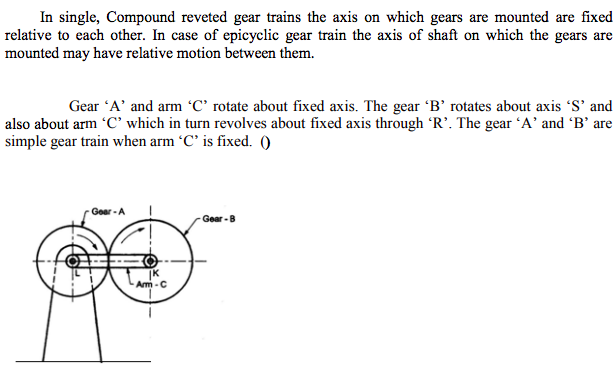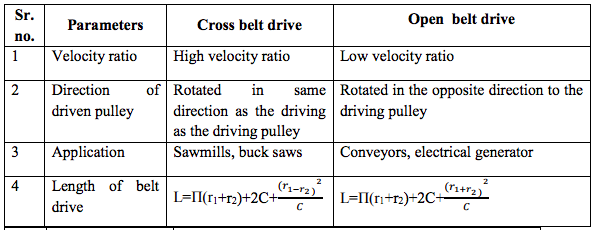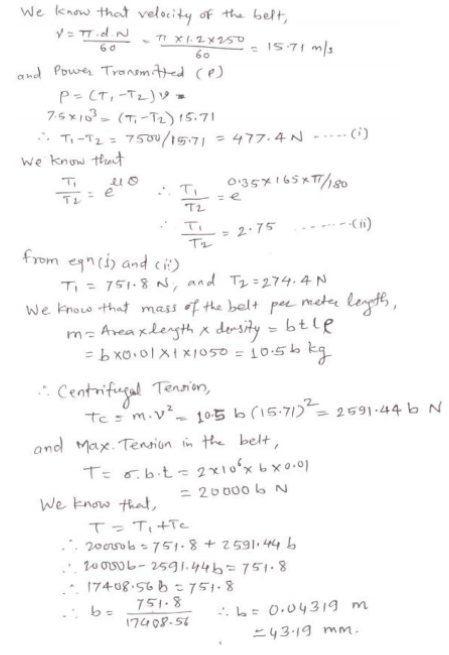Law of gearing
Law of Gearing
Law of gearing states that the common normal at the point of contact between a pair of teeth must always pass through the pitch point for all positions of mating gear. This law forms the basis for the gear profile design. This is a must condition for the two gears to perform properly.
Law of gearing Proof
Consider the portions of two gear teeth in mesh.o1 and o2 are centre points,
Let K= point of contact
TT = COmmon tangent at the point of contact K




